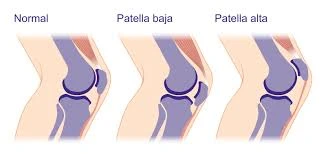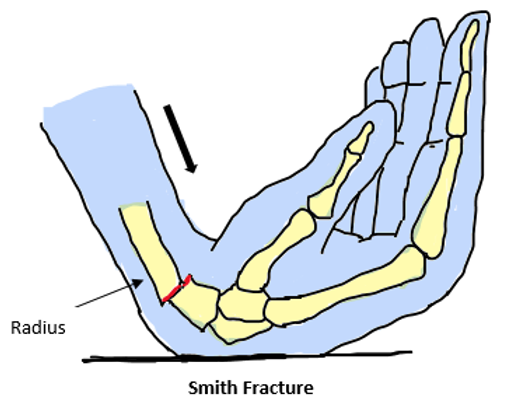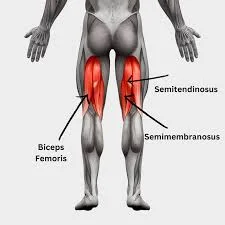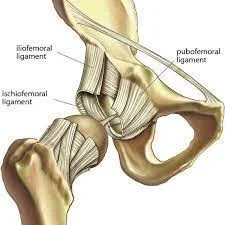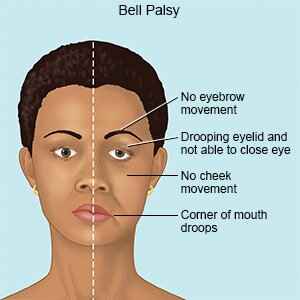Patella Baja
What is Patella Baja?
Patella Baja is a condition characterized by an abnormally low position of the patella (kneecap) in relation to the femur (thigh bone). It typically occurs following knee surgeries such as total knee replacement or after trauma, where scar tissue formation restricts the movement of the patella, pulling it downward
It may make it difficult or impossible to bend your leg past 90 degrees. Not only does this limited range of motion cause pain, but it also frequently results in weak leg muscles. More specifically, weakened quadriceps.
Patella Baja, sometimes called Patella Infera, is an unusually low-lying patella that causes pain in the retropatellar region as well as reduced range of motion and crepitations. Extensor dysfunction may develop with considerable morbidity if it is persistent.
Three characteristics define it: the patella tendon is shortened, the patella is positioned distally in the femoral trochlea, and the distance between the patella’s inferior pole and the proximal articular surface of the tibia is shortened. It may also be congenital. This biomechanical link is upset by changes in patellar height, leading to aberrant joint reactive forces.
Quadriceps Weakness
Because of how low your knee cap sits, the tendon above your knee is continually stretched beyond its natural length in order to get to your knee cap. That tendon gets stretched even more as you bend your leg farther and farther; ultimately, at a certain point usually around 90 degrees, it just gives out.
Exercises involving the legs only strengthen the range of motion that your legs can bend to a maximum of ninety degrees. This might make it possible for you to sit up rather easily from a high chair, but you would never in your wildest thoughts try to bend down and pick something up.
Pathology
It appears in several clinical situations, such as the following:
- Dysfunction of the quadriceps
- Poliomyelitis
- Tourniquet paralysis fractures, osteotomies,
- Tubercle transplants from the tibia,
- ACL surgery,
- Total knee replacement (TKR)
- Osteoporosis: rarely causes symptoms.
Measurement of the Patella Baja:
Several techniques have been developed to measure patella height, including:
- Install-Salvati ratio
- Blackburne-Peel ratio
- Method of Norman, Egund, and Ekelund
- Method of Caton-Linclau
- Blumensaat Method
Making sure the patella hasn’t been removed during prior surgery is crucial because the ratio will undoubtedly change if the patellar morphology changes.
Treatment of Patella Baja
Post-surgical or traumatic patella baja is often symptomatic and necessitates early surgical correction due to the low success rate of conservative therapies. Patellar tendon lengthening or a tibial tuberosity osteotomy with proximal reimplantation are the required treatments.
Since many individuals with patella baja have had numerous previous surgical procedures, treating the condition can be difficult. Physical therapy, aggressive range of motion, systemic steroids, extracorporeal shock wave therapy, and, with varying degrees of efficacy, dry needling can all be used as non-operative care.
It is crucial to initiate a vigorous range of motion and muscle stimulation after surgery, especially targeting the quadriceps muscle groups, in order to prevent the development of patella baja following surgery. Patients who present with symptoms of patella baja may benefit from the following surgical procedures: tibial tubercle proximalization, lengthening of the patellar tendon, excision of the lower portion of the patella, repair of the patellar tendon using allograft, and patellectomy in cases when salvaging is possible.
Conclusions:
Acute patella baja is more likely caused by changes in the natural anatomy, but chronic patella baja is caused by a complicated combination of inflammation, immobility, and quadriceps dysfunction that results in attachments and infrapatellar scarring. However, a thorough assessment of surgical treatment results is constrained by the absence of a larger case series.
FAQs
What are alta and baja patellas?
Patella alta refers to a patella that sits too high, and patella baja refers to a patella that sits too low. When it comes to human gait, knee range of motion, and extensor power production, the patella is crucial.
A patella baja: what is it?
An aberrant patella that lies low and stays distal to the femoral trochlea is called a patella baja. Tracking of the patellofemur may be impacted.
What risks come with having patella Baja?
Patella Baja, sometimes called patella infra, is an unusually low-lying patella that causes pain in the retropatellar region as well as reduced range of motion and crepitations. Extensor dysfunction may develop with considerable morbidity if it is persistent.
How is patella Baja treated in physical therapy?
Physical therapy: The kneecap’s resting height is altered by the therapist manually gliding the knee. These treatments might lessen discomfort and help realign the kneecap. The best course of treatment for correcting patella alignment is tapping.
Is affected with patella baja?
Unfortunately, there aren’t many effective treatment options for patella baja after the problem is well established, and it can cause significant handicaps.
Is Baja patella uncommon?
All things considered, patella baja is a dangerous disease that, despite its rarity, can cause chronic pain and a reduction in motor function if it is not well managed and treated quickly.
How is patella baja measured?
An oblique line joining the most inferior point of the lower pole with the inner border of the patella’s higher pole is used to quantify patellar length (PL). The ISI defines normal as 1.0 +/-20%.
How is the patella baja exercised?
Slide down while leaning against the wall until your knees are bent 20 to 30 degrees. After a brief period of rest, squeeze once again. Do this eight or twelve times.
What differentiates Alta’s knee from Baja’s knee?
Patella Baja, also known as patella infra, occurs when the patella is positioned too low, resulting in a short patellar tendon.
Does patella baja occur permanently?
While there is currently no known cure for Patella Baja, there are treatments available for the ailment, and even better, strategies to avoid developing Patella Baja in the first place.
In what way is patella Baja treated?
Patellar tendon repair, patellar tendon lengthening, and tibial tubercle proximalization are among the treatment approaches. Autografts and allografts can be used to support reconstructive or tendon-lengthening surgeries.
Is patella baja a birth defect?
Patella Baja can be acquired or congenital. Congenital patella baja is typically not treatable and is frequently linked to other skeletal abnormalities.
Why is the Baja patella bad?
Because patella baja causes knee-related stiffness, discomfort, and weakness, it can result in considerable functional limits. For patients with extension deficits who do not improve with conservative treatment, arthroscopy combined with scar tissue removal is considered the gold standard of care.
References
- Jin, T., & Gaillard, F. (2009). Patella Baja. Radiopaedia.org. https://doi.org/10.53347/rid-7498
- McClellan, M. (2024, January 12). Patella Baja: The Most Common Knee Condition Nobody Knows About. X10 Therapy. https://x10therapy.com/patella-baja-the-most-common-knee-condition-nobody-knows-about/
- Barth, K. A., & Strickland, S. M. (2022). Surgical Treatment of Iatrogenic Patella Baja. Current Reviews in Musculoskeletal Medicine, 15(6), 673–679. https://doi.org/10.1007/s12178-022-09806-y

